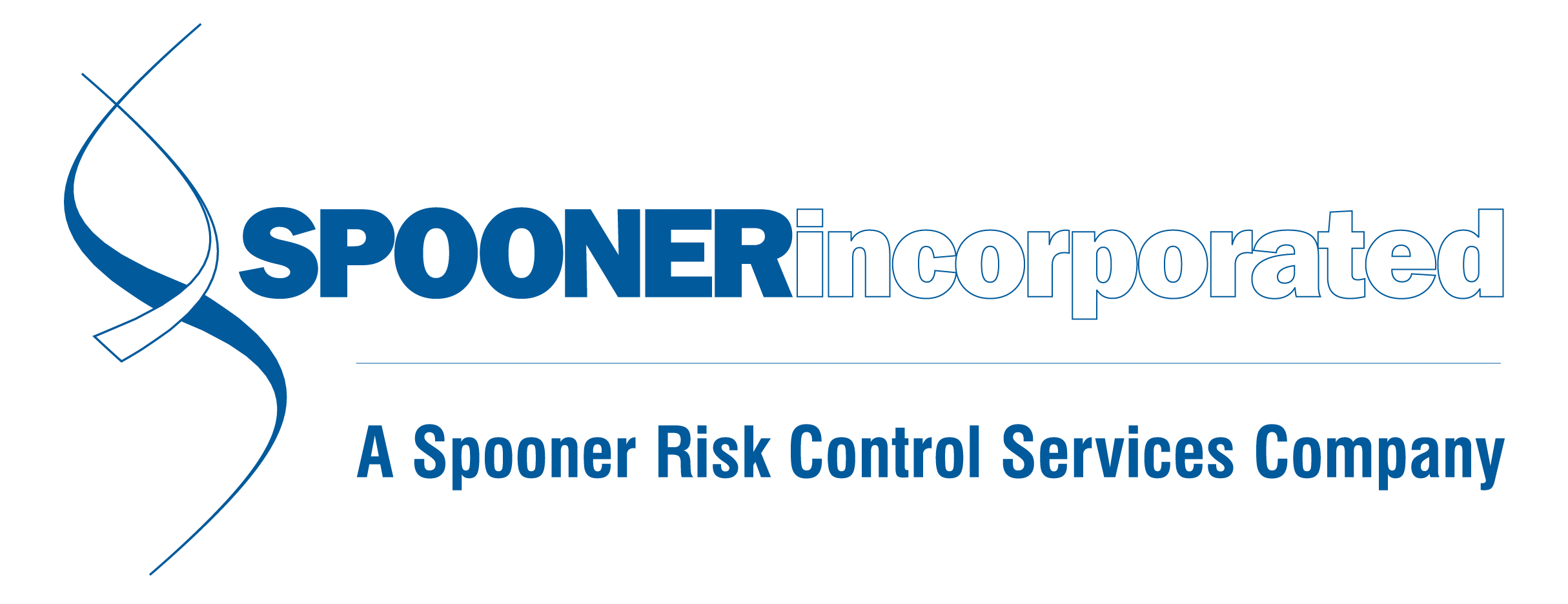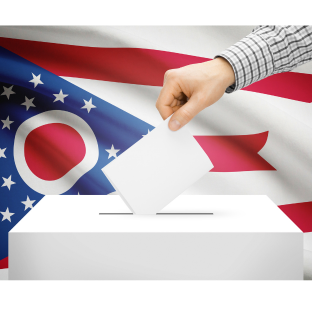News and Updates
Month: October 2023
Are Ohio Employers Required to Provide Time Off to Vote?
The short answer is yes, but here are some additional details that may answer any lingering questions. Ohio Revised Code (O.R.C.) Section 3599.06 provides employees a “reasonable amount of time” away from work to perform their civic duty of voting on election day. This is a bit subjective, so take into consideration whether or not there have been long lines during previous elections in your area. Most employees don’t need a whole day, or even a half day. Plan on giving some extra cushion for employees who may not live near your worksite, as their polling location will likely be closer to their residence. Additionally, O.R.C. states that employers may not: • terminate or threaten to terminate an employee for taking reasonable time off to vote • refuse to allow an employee to serve as a poll worker on election day • insist that an employee accompany them to a polling location • use any indirect force or threats to prevent staff from voting or compel them to refrain from voting Employers are not required to pay hourly employees for this time away, but also may not deduct voting time from hours worked for salaried
OSHA Renews Focus on Crystalline Silica for Some Industries
OSHA is supporting their National Emphasis Program (NEP) on respirable crystalline silica with an initiative focused on manufacturers and wholesalers of brick, stone and related construction materials (NAICS codes 327991 and 423320). This prioritizes inspection efforts for employers in these industries, with each area office in Regions 1- 8 required to perform a minimum of five programmed inspections over the next 12 months. Region 5 encompasses all of Ohio, and Ohio itself has four regional offices (Cleveland, Columbus, Cincinnati and Toledo) spanning the state. Respirable crystalline silica is 1/100th the size of a grain of sand, and exposure to it has been linked to silicosis, obstructive pulmonary disease, cancer, and other lung diseases. OSHA Administrator Doug Parker stated that workers in the aforementioned industries are reporting severe difficulty breathing, which limits their ability to work, at times resulting in total disability, or even fatality. The initiative also gives authority to local and regional OSHA offices to develop local or regional emphasis programs if they’re justified by relevant data. If you have questions or concerns about your company’s compliance with the Respirable Crystalline Silica standard, contact your Spooner safety rep, or Spooner’s safety department at
Is Your Open Enrollment Process Coordinated or Chaotic?
There’s a good chance your company is using an electronic benefits module provided by your payroll processor to handle enrollments, deductions, and payments. These add-ons make enrollments a breeze and should automate a great deal of the employee communication, meaning HR isn’t tasked with reaching out to employees who haven’t completed enrollment, or who have a discrepancy in their enrollment choices. All of these applications are designed with most of the same features and capabilities. Not unlike the payroll processor itself – the differences are usually noticeable in the level of service, support, and communication the employer receives. Employee benefits are often a major pain point for HR and management teams. They’ve already been mulled over for months by the time employees receive enrollment materials. The enrollment window is very time-sensitive, and communication between the employer, their broker, carriers, and payroll provider are essential during this timeframe. Typical enrollment windows are between two and four weeks, so any delays responding to employee issues or questions during enrollment can make things more chaotic than usual. If communication (either electronic or human) has been a problem in your past open enrollments, consider examining the source of the problem – and how much you’re being charged by your payroll processor for a service that may not be a strong point for them. If having your ow
2024 Group Rating & Group Retro Enrollment
If your business isn’t enrolled in a savings program for the coming 2024-2025 BWC policy year, you’ll want to get the ball rolling ASAP! Two of the most highly-favored programs are Group Experience Rating (usually called Group Rating, or just “Group), and Group Retrospective Rating (often referred to as Group Retro or Retro). They’re both great programs that can boast savings over 50% for some policyholders, and the difference between them is fairly simple. Group Rating is like a coupon – you receive the discount upfront, and pay lower premiums throughout the year. The maximum discount is 53% off of BWC’s base rates, which only applies to policies with zero or very few losses in their experience period. Group Retrospective is more like a mail-in rebate. You pay the sticker price to BWC for premiums, and are rebated following the end of that policy year based on how your pool performed. Refunds can total close to 50% under the most optimal conditions. Something to keep in mind: TPAs can advertise any Group Retro refund up to and including 63%, even if their pools have never achieved that. A maximum refund is uncommon, and nearly unheard of over the last couple of years due to eroding refunds due to changes within BWC. Recent changes have us hopeful that the program will begin yielding better refunds, but even still - a 63% refund in Group Retro is only achieved if there were no losses within that





